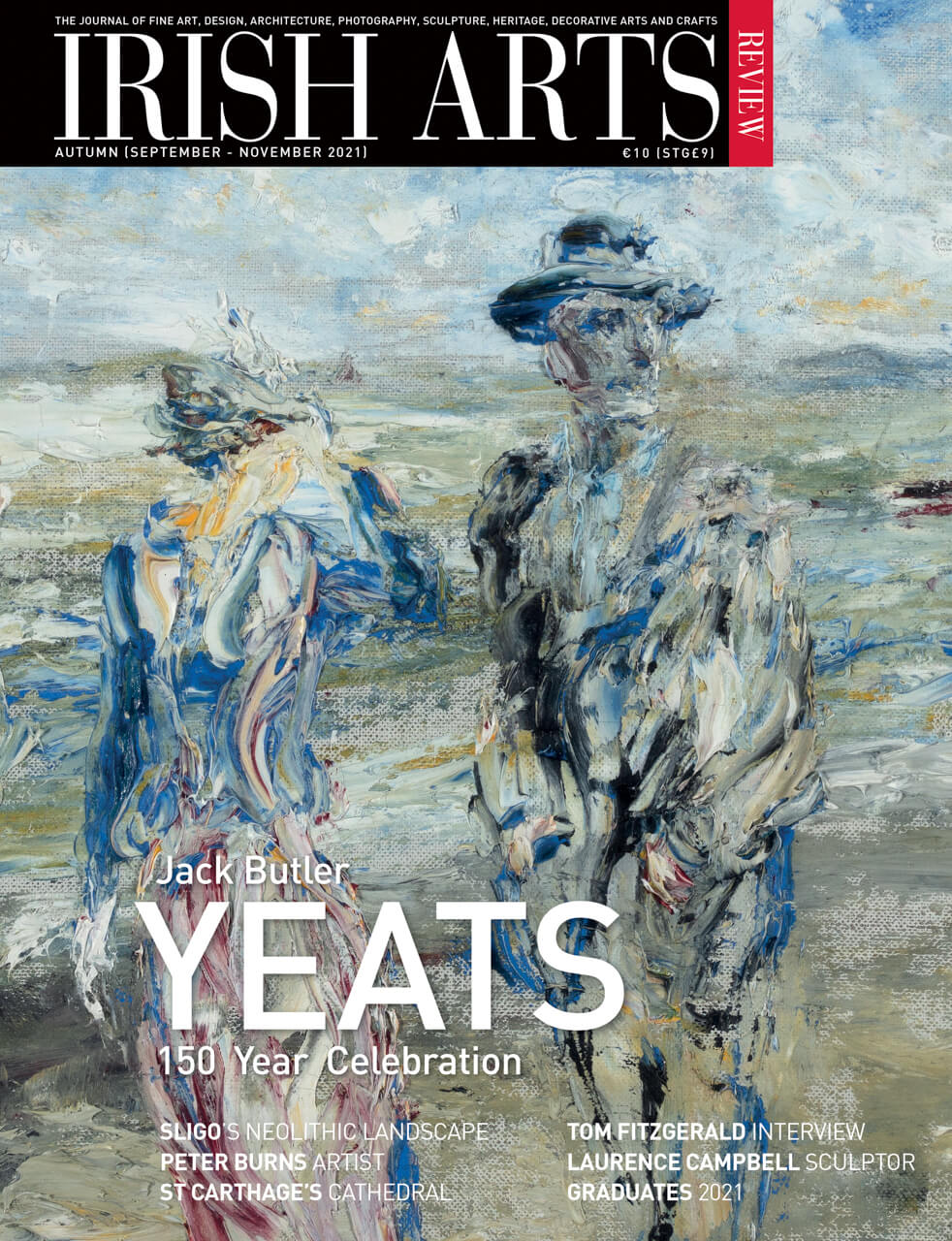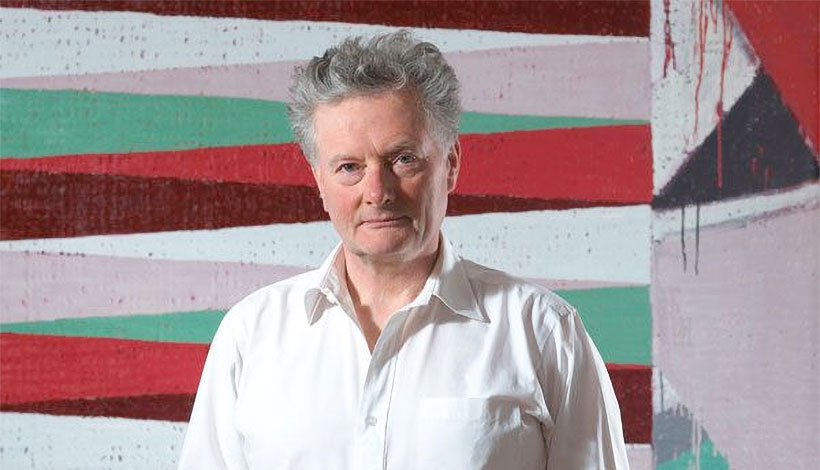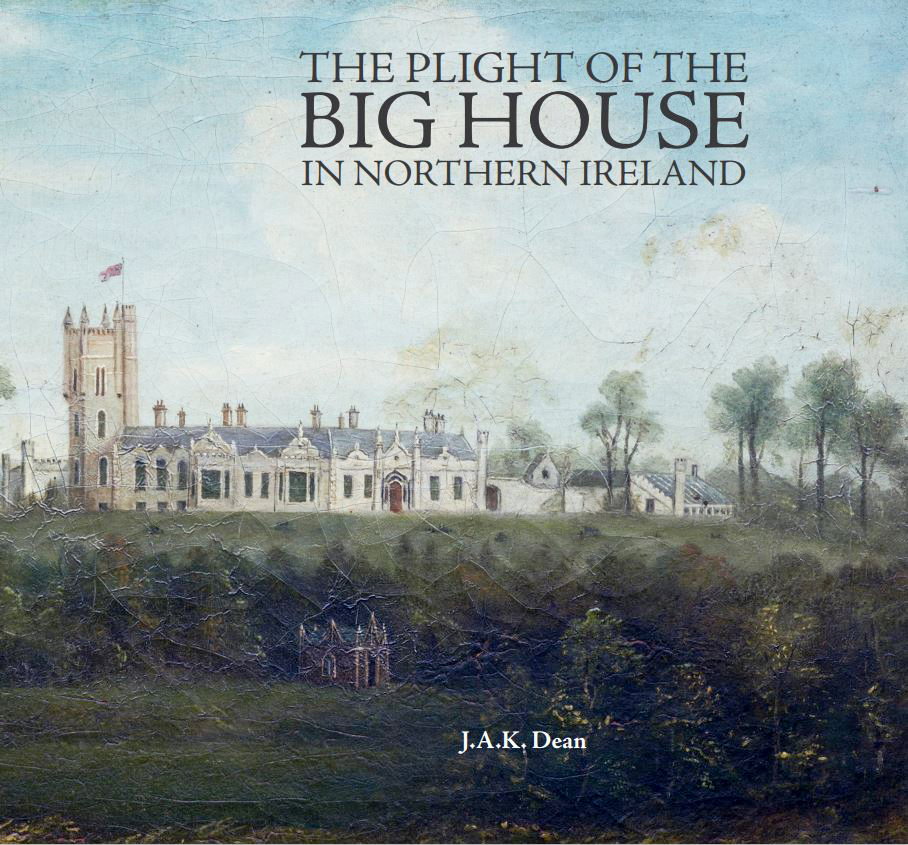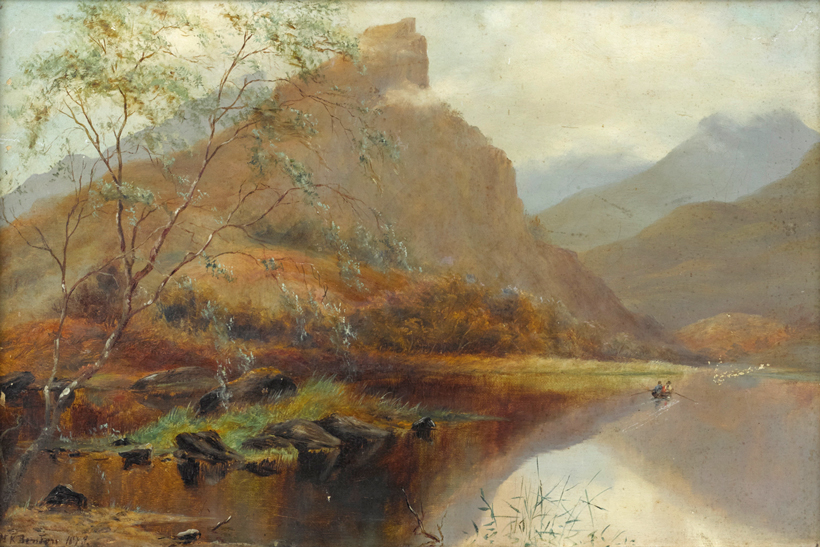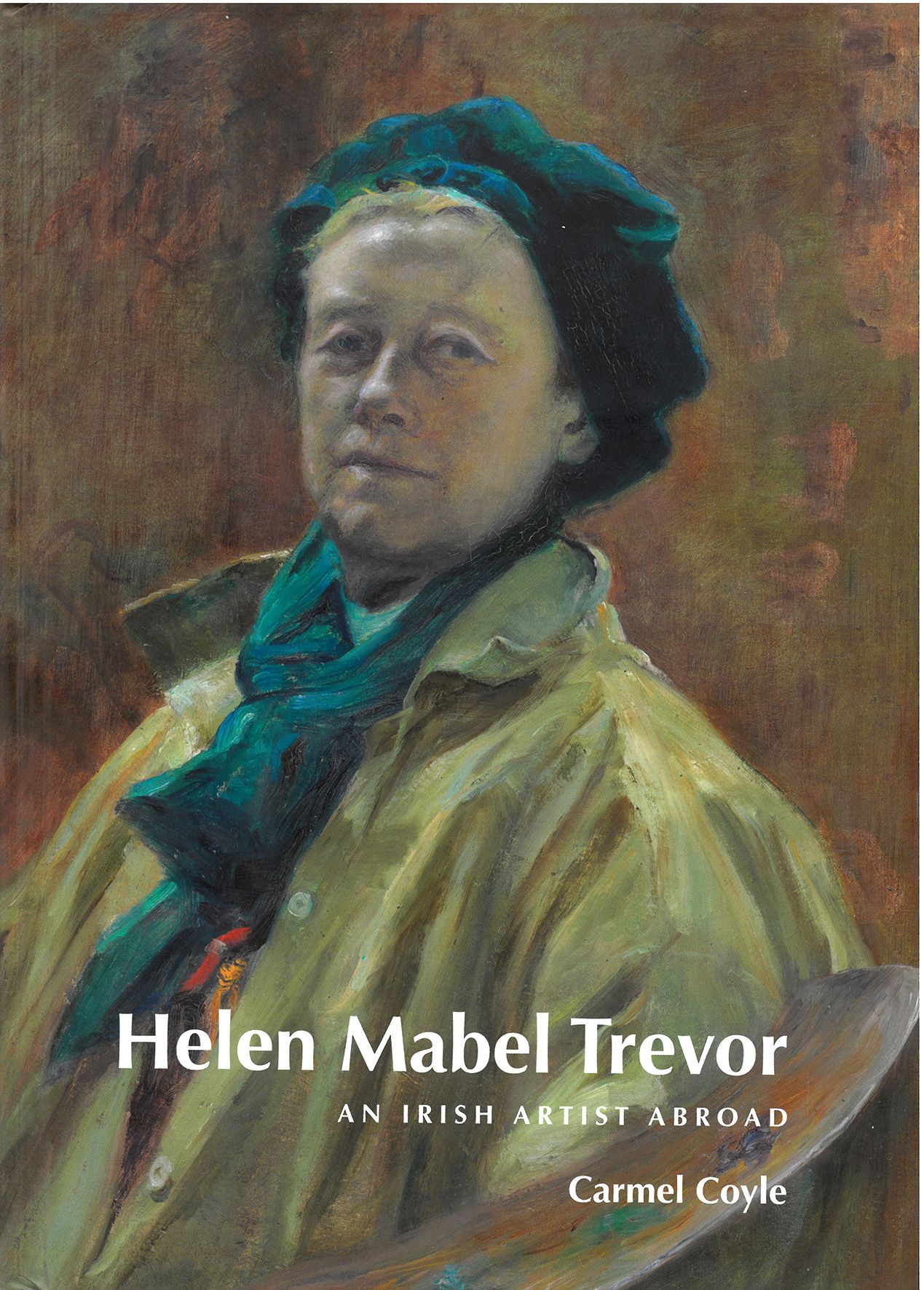
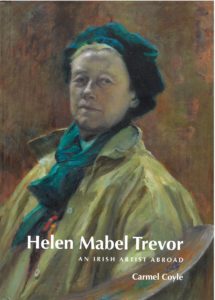 Carmel Coyle
Carmel Coyle
Gandon Editions, 2021
pp 80 fully illustrated h/b
€20 ISBN: 978-1-910140-29-1
Reviewed by John Hutchinson
Even after reading Carmel Coyle’s attractive and informative new book on Helen Mabel Trevor, the artist remains something of an enigma. Thanks to the author’s thorough research we now know much about what she did and where she did it, but the reasons why she became so committed to her work and artistic lifestyle are still not obvious, especially as she was late in developing her talents, only taking her first formal lessons in painting when she was well into middle age.
Trevor was born in 1831 into an affluent Protestant family with a large estate in Co Down; her father worked as a magistrate as well as overseeing the running of the property. Helen was one of seven children, most of whom suffered from ill health, and after the death of her father she moved to England with her mother and Rose, her younger sister. It appears that provision had been made for the considerable sum of £4,000 to be raised from the estate in Lisnagade, with the investment income being divided between the daughters. As one of them had died before their father, Helen and Rose shared the money. It was doubtless this sad but generous windfall that enabled the former to become an artist.
In 1877, about the time of her mother’s death, Helen was accepted for admission to the Royal Academy Schools in London, and a few years later she moved to Paris for further study. As Julian Campbell explained in 1984 in his groundbreaking exhibition ‘The Irish Impressionists‚’, this was a common enough occurrence, with nearly a hundred Irish artists working there between 1850 and 1914, but fewer women than men made the journey. Many of the women from abroad, like Trevor herself, had well-off families whose resources allowed them the freedom to travel and paint where they pleased. Some came alone, while others brought companions. Helen and Rose travelled and lived together.
Often, after training in Paris, artists spent time in the countryside in the company of their friends and peers. Brittany and Normandy were frequent destinations, partly because of their proximity, but also because of the landscapes and communities that provided appropriate subjects for new trends in painterly realism and naturalism. The two Trevor sisters followed that path, subsequently deciding to tour around Europe, which they did for seven years. Their experiences, recorded in a series of letters from Helen to a friend, Emmeline Halse, were later edited and published in a small book called The Ramblings of an Artist. Trevor continued to work on her painting throughout her travels, with modest sales and success, but the proceeds were not enough to survive on. At the end of their surprisingly long excursion the sisters returned to Paris, where they lived in much-reduced financial circumstances, as income from the Irish rents had dwindled away. Helen died there in 1900 at the age of sixty-eight; her sister lived on for another decade. With only each other for support and affection, and with Helen lacking in much recognition, what drove them to pursue this unusual way of life? The answer is not to be found in the paintings, which are sincere, academic and sometimes sentimental. True to her background and upbringing, Helen seems to have been reticent about her deepest feelings, both personally and in her work.
John Hutchinson was formerly Director of the Douglas Hyde Gallery in Trinity College, Dublin.
